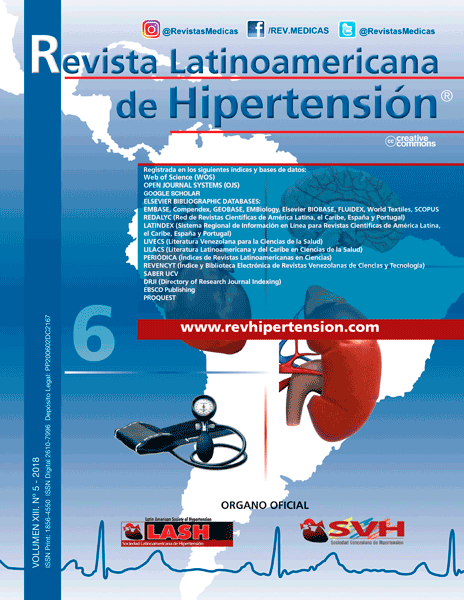The influence of mesiodistal dimension of abutment preparation design on stress distribution in fiber-reinforced composite inlay fixed partial dentures: a finite element study
Keywords:
Fiber-reinforced composite, Stress, Preparation, Finite element, MesiodistalAbstract
Introduction: Fiber-reinforced composites (FRCs) arecomprised of fiber and composite resin. Use of this materialin conservative dentistry for fabricating fixed partialdentures is growing. Although different studies have investigatedFRC inlay fixed partial dentures, the reportedresults have been controversial. Due to the limitations ofexperimental studies for assessment of masticatory forcesin the oral cavity, computer software was used in thepresent study to simulate oral environment. The aim ofthis study was to compare stress distribution in FRC inlaybridges with two abutment preparation designs with differentmesiodistal (MD) dimensions using a 3-dimensionalfinite element analysis.Method: ABAQUS software version 6.3-1 (HKS Inc.) wasused to create a 3D design. Two 3-unit inlay bridges weredesigned with two different abutment preparations inthe anterior teeth with different MD dimensions: dovetailpreparation with larger MD dimension and box preparationwith smaller MD dimension. Next, 50 N load was appliedwithin one second to the cingulum.Results: The maximum stress in the two bridges was concentratedat the connector areas between the abutmentsand the pontic. The difference in this respect was statisticallysignificant. The stress was approximately 10 timeshigher in the box preparation with smaller MD dimensionthan dovetail preparation.Conclusion: The stress distribution was more uniform indovetail preparation with greater mesiodistal dimensionthan in the smaller box design.Downloads
Download data is not yet available.
Downloads
Issue
Section
Artículos

